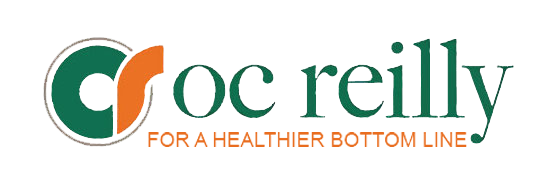OC Reilly Blog: Careful Supply Chain Decisions Can Stem Profit Losses at Hospitals
By George Vunovic, VP-Technology Solutions, OC Reilly Inc.
The Pennsylvania Health Care Cost Containment Council issued some disturbing news recently. Its annual survey of hospitals across the Commonwealth showed that hospitals are, unfortunately, seeing a common reduction in their wealth, with profit margins down on average.
Profit margins at Pittsburgh area hospitals, in particular, have dropped more than 1% from a year ago, according to the study – from 6.1% to 5%, due primarily to reductions in government reimbursements and declining patient volume. Four regional hospitals actually posted negative profit margins.
News like this undoubtedly has an effect on hospital administrators. They know budget controls need to be implemented. They know their organizations are under financial distress, the sources of which can be familiar or brand new, as the nation begins to adapt to the Affordable Care Act. The default question can quickly become: What means do we need to take to maintain service at a lesser cost?
While that certainly is a key question, the path to an answer can be even more important and as elusive. To reduce spending, you must initially have a fact-based, objectively calculated, unemotional picture of how much is being spent in the first place.
In my area of specialization, medical equipment management, discovering and determining the “Total Cost of Ownership (TCO)” can be a challenge. In one instance, because decision making and record keeping was decentralized between various hospitals/departments – such as medical imaging, cardiology, and the surgical services areas – each group conducted spending on its own. As a result, the hospital system as a whole did not have a firm grasp on its “TCO,” so working to reduce spending in a systematic, logical, and efficient manner became difficult.
This hospital system’s experience is not the exception, it is more the rule, but that type of situation cannot continue today. As the Pennsylvania study proves, the margin for error for hospital administrators has shrunk to virtually zero. Profit margins cannot be permitted to slide further, if hospital systems intend to survive.
Do you know what you’re actually spending? Do you know your Total Cost of Ownership for medical equipment maintenance? An initial audit of this activity is key. Medical equipment management represents just one aspect of a hospital’s total spend. There can be material savings achievable almost immediately through careful attention to supply chain decisions. It’s a step worth taking, if only to establish a better baseline for effective decision-making moving forward.
